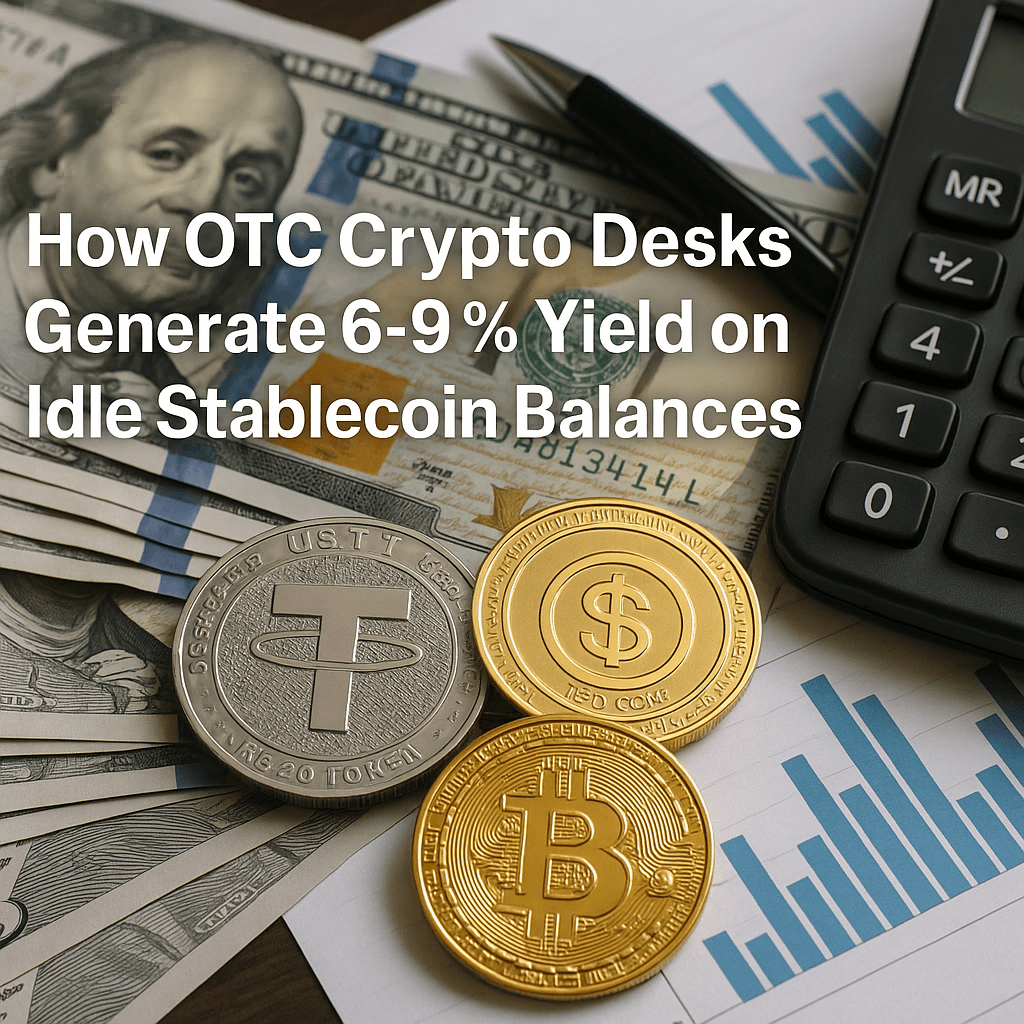The $200 Annual Tax on Gig Workers
DoorDash charges drivers $1.99 per instant transfer. Uber takes $0.85. Instacart asks for $0.99. For an active driver cashing out twice weekly, these fees exceed $200 annually. The gig worker earning $800 per week pays this penalty just to access money they already earned.
Recent data shows YY Group and other platforms integrating stablecoin payments into gig worker platforms, enabling instant settlements at lower costs. But there's an even better model emerging: platforms earning yield on held balances instead of charging workers fees.
How Current Gig Payments Work
Traditional gig platforms batch weekly payouts via ACH transfer, taking 3-5 business days to settle. Workers demanding faster access pay instant payout fees, with over 80% of gig workers citing faster payouts as influencing where they choose to work.
The economics hurt everyone. Payment processors charge for expedited transfers. Platforms barely profit after covering costs. Workers lose hundreds annually.
The Stablecoin Solution
Stablecoins enable near-instant settlement operating 24/7, with Mastercard now supporting multiple stablecoins including USDC, PYUSD, and USDG for programmable B2B transactions. More importantly, stablecoins can generate yield while sitting in worker accounts.
Here's how it works: A platform holds $50 million in accumulated worker earnings at any time. Current stablecoin yields range from 6-14% APY on centralized platforms, with DeFi protocols offering 5-12% depending on lending demand. At 6% APY, that $50 million generates $3 million annually in passive income.
The Business Model Transformation
Traditional Model:
Average held balance: $50 million
Fee revenue (30% adoption, 2x weekly): $1.5 million annually
Processing costs: $1.2 million
Net profit: $300,000
Yield-Powered Model:
Average held balance: $50 million
Yield at 6% APY: $3 million annually
Infrastructure costs: $200,000
Net profit: $2.8 million
The platform makes nearly 10x more while eliminating worker fees entirely.
Real-World Implementation
In September 2025, YY Group announced integration of regulated stablecoin payments into its gig worker platform, positioning the company to tap into the rapidly growing global stablecoin market while creating new fintech revenue opportunities.
Mastercard's 2025 announcements enable gig workers and creators to receive earnings in stablecoins, transforming how content creators and gig workers get paid. The infrastructure exists today for large-scale deployment.
Regulatory Framework
The GENIUS Act, signed into law in 2025, established clear regulatory frameworks for stablecoin operations in the United States. This legislation distinguishes between stablecoin issuers and infrastructure providers, enabling platforms to partner with compliant providers for yield generation.
In July 2025, blockchain infrastructure startup TradeOS debuted a programmable settlement layer for global commerce, with stablecoin payouts tied to real-world outcomes. The technology for yield-generating payment systems is production-ready.
Worker Benefits Beyond Free Withdrawals
Instant Cross-Border Payments: Stablecoin payments enable instant cross-border transfers at minimal cost, with the global gig economy valued at $455 billion growing at 17.4% annually.
Yield Sharing Programs: Platforms can share generated yield with long-term workers, creating retention incentives and rewarding loyalty.
Automated Savings: A percentage of earnings can automatically route to higher-yield products, helping workers build financial security.
The Competitive Advantage
Platforms with instant payout capabilities see higher engagement, loyalty, and retention, while those delaying earnings risk higher worker churn. The first major platform to eliminate instant-pay fees gains significant market share.
Marketing becomes simple: "Keep 100% of what you earn. No instant-pay fees. Ever."
Technical Implementation
Yield-bearing stablecoins grew 583% in 2024, with total supply surging from $666 million to $8.98 billion by May 2025. Modern programmable stablecoin infrastructure enables businesses to integrate yield generation through simple APIs, typically completing integration within 8-12 weeks.
For workers, nothing changes in their experience. They see earnings accumulate and can withdraw instantly. Behind the scenes, the platform generates yield on the float.
Risk Management
Yield Volatility: USDC and USDT on centralized platforms deliver 6-14% APY, backed by reserves and corporate oversight, making them the safest stablecoins with high yield in 2025. Conservative strategies using regulated tokenized treasury funds provide stable returns with minimal risk.
Regulatory Compliance: Partnering with regulated stablecoin issuers ensures adherence to financial regulations. Recent regulatory clarity including the GENIUS Act and EU's MiCA framework opened the door for responsible enterprise adoption at scale.
Liquidity: Modern infrastructure maintains instant liquidity despite funds being deployed for yield. Smart contracts enable instant withdrawals through liquidity buffers and rapid settlement protocols.
The Future of Gig Payments
Gig economy payouts are estimated to hit $1 trillion by 2028, with real-time payment systems now available in over 80 countries. Stablecoin transaction volumes reached $27.6 trillion in 2024, surpassing Visa and Mastercard combined by 7.7%.
The trajectory is clear:
2025-2026: Early adopter platforms launch pilot programs, gaining competitive advantages through zero-fee instant pay.
2026-2027: Major platforms begin rolling out stablecoin payment options as the model proves successful.
2027-2028: Yield-powered payments become industry standard, with fee-based instant pay viewed as outdated.
Why This Matters
With an estimated 1.57 billion gig workers worldwide and the global gig economy valued at $455 billion, delays in payments cause severe stress and instability for workers operating on thin margins.
Eliminating instant-pay fees saves workers hundreds of dollars annually. Platforms earn more profit with less complexity. The entire gig economy becomes more sustainable and worker-friendly.
The Infrastructure Layer
Companies building programmable stablecoin infrastructure enable these business model transformations. In August 2025, stablecoin infrastructure startups M0 and Rain secured nearly $100 million in funding for programmable money projects, with M0 partnering with MetaMask and Rain expanding to Solana, Tron and Stellar.
RebelFi provides the programmable stablecoin infrastructure that enables platforms to generate yield on payment float while maintaining instant worker withdrawals. Our platform powers yield generation, instant settlements, and smart payment workflows for forward-thinking companies.
Conclusion
The opportunity to replace instant-pay fees with yield revenue represents a rare win-win innovation. Workers get free instant access. Platforms earn 10x more profit. The technology exists today.
For gig platforms still charging workers $1.99 for instant access to their own money, the competitive pressure is mounting. Major platforms are already integrating stablecoin payments to enable faster, cheaper, borderless payments for gig economy users.
The future of gig payments isn't faster bank transfers. It's programmable money that generates revenue for platforms while eliminating fees for workers.



